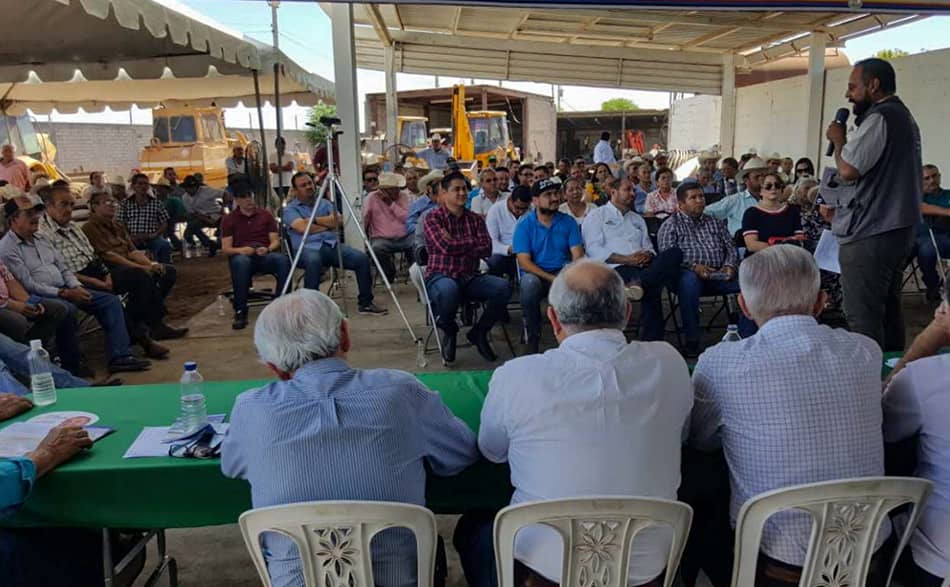
Psychosocial Impacts
Infrastructure projects can be generated by potential physical impacts. For instance, it is common to identify health damage generated by excessive dust generated during the construction stage or damage to urban infrastructure that may affect the quality of life of the inhabitants of communities within the areas of influence.
Rarely do we consider those impacts that are more related to non-observable or quantifiable dimensions of life in the first instance. The impacts of infrastructure projects on the psychosocial dimension are unquestionable, since we are all clear that they are valued assets in our lives, but it is difficult to consider them when it comes to the lives of others, especially when these others are foreign or distant from our daily context.
Psychosocial well-being is applied in both individual and collective terms. The concept is focused on: “the ways in which people face life challenges and the efforts they make to achieve their goals, as well as the evaluations they make of their circumstances and of their functioning within society. It includes the self-perception; the ability to manage the environment and one’s own life effectively; the quality of bonds; the belief that life has meaning and significance through the life project. In this way, well-being necessarily implies the valuation that individuals make of the circumstances and functioning within society”.
Infrastructure generates many positive impacts in the physical dimension, however, the lack of understanding of the phenomenon and the bio-psycho-social dynamic altered by it, might trigger unexpected situations, not even foreseen before the design of the project.
Some questions we can ask ourselves when designing a project and developing an Impact Assessment that includes psychosocial dimension are:
- How are we going to affect the quality of life of the community and vulnerable groups in the short, medium and long term?
- What is the prevailing and predicted opinion on the collective self-perception, and does it affect the community in terms of their position against their authorities or within the country’s development plan?
- Does the community feel listened to, considered, involved in decision-making and in control of their environment?
- Can the inhabitants continue to enjoy their homes, properties, environment and social relations?
- Does the weak relationship of trust between the inhabitants and their authorities become more acute?
- Do we threaten the inhabitants’ sense of security and control over their present or their future?
- Whether or not they are well-founded, are we causing the inhabitants to feel concern or anxiety about the implications that the project will have on their health or environment?
- As a developer, do we create an environment that strengthens credibility and trust?
- Faced with a poor prognosis for the developer’s plans, do we stigmatize opponents or individuals in the community who do not agree to the developer’s proposals?
Although the vision of positive impacts is also included in the projects, these should always derive from community needs and deficiencies, trying to address the benefits or detriments from the point of view of those impacted and not from the consultants’ or developers’ conception of wellbeing. The more dimensions of analysis that are incorporated into the evaluations, the more solid the strategy for the optimal management of social risks will be, thus increasing the study’s potential to contribute to the overall “health” of the project and its stakeholders.
By Ana E. Suárez Zamudio | I also write for: Oil & Gas Magazine



